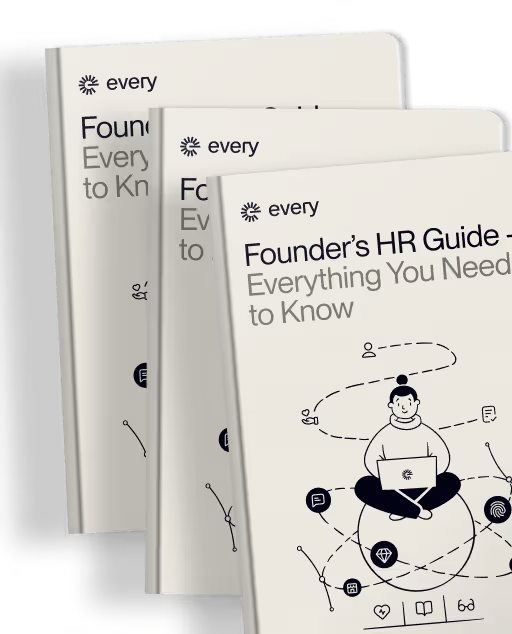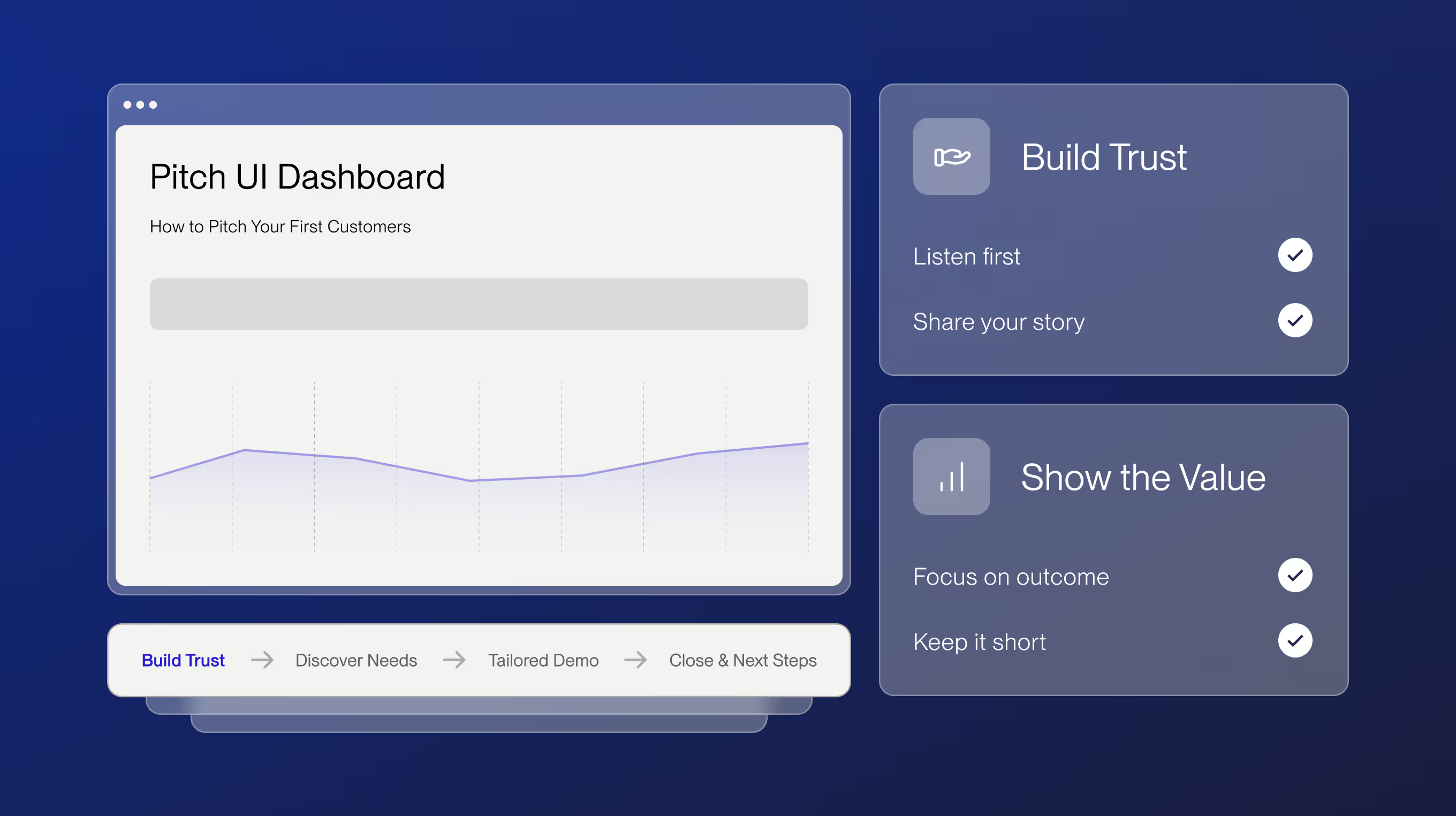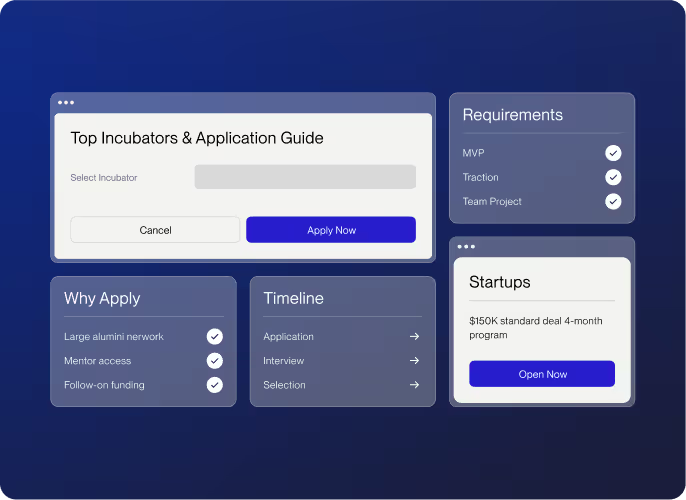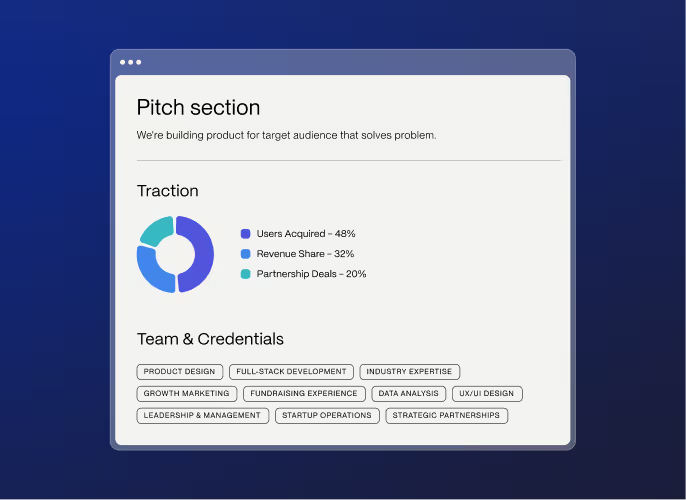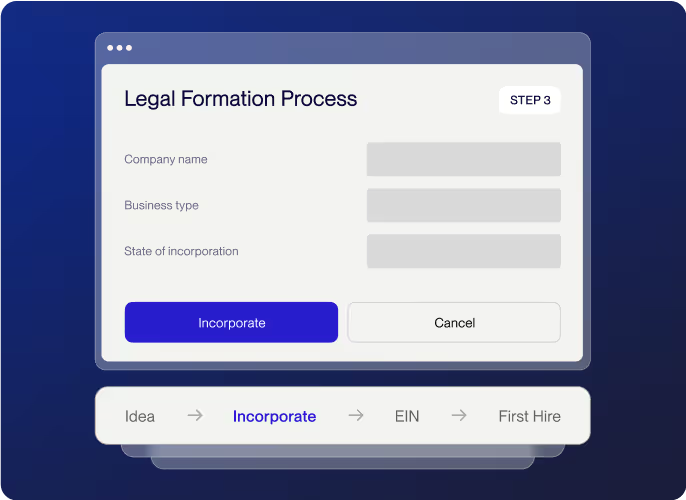You likely already know that landing your first B2B customers is critical to your startup's survival, but you may be wondering "How do I actually run these sales meetings?" or "What's the best way to convince someone to take a chance on my unproven product?"
This post is geared at first-time founders who have never done sales before and are facing the daunting task of pitching to their first prospective customers.
The Stakes Are High
When you're just starting out, every potential customer interaction feels momentous—and it is. There are so few prospective customers at the beginning, the last thing you want to do is waste a rare chance to land one of your first customers. Those initial logos aren't just revenue; they're validation, references, and the foundation of your company's future.
As a first-time founder who had never done sales before, figuring out what to do in my first customer meeting was scary. I knew that how I handled these critical meetings would make or break my company.
What Not To Do
Before diving into the right approach, let's address the common mistakes that can immediately derail your pitch:
Don't Make It About Your Product
The classic first-time founder mistake is to excitedly talk about all your product's features without understanding if they're even relevant to the buyer. Your prospect didn't show up to learn about your product and how cool you may think it is. They came because they have a problem they want to solve.
Don't Give The "Harbor Tour"
A "harbor tour" is when you walk a prospect through every feature of your product, whether relevant to them or not. This wastes their time, confuses them, and forces them to do the mental work of figuring out if your product fits their needs. That mental burden is a great way to lose deals.
The Right Approach: Empathy and Trust
Empathy Is Your Secret Weapon
Empathy is the key—you have to really show you care and are willing to listen to their problem. If they don't think you care about their problem, they won't believe that you are able to come up with a solution, and they won't buy.
Remember that each buyer is navigating their own complex organizational politics:
- If they're at a large company, choosing your startup could be political suicide.
- Most people at big companies don't do much for a reason. Doing nothing means they can keep collecting paychecks. Doing something puts them at risk for being noticed.
- Your job is to convince them that implementing your product will make them look good internally.
You Are Your Brand
At this early stage, you have no brand reputation to lean on—you are the brand. They have to like you, but more importantly, they have to trust you enough to take a risk on an unproven product. Building that trust is non-negotiable for closing deals.
How To Structure A Great Sales Pitch
1. Introduction: Build Trust Through Your Founder Story
Use the introduction to build trust by sharing your background and creating an inspirational founder story that shows why you're passionate about solving this problem. This will make them want to be on the journey with you.
Here's my pitch from Reflektive: I was a manager building mobile games at Disney. It was just me and a small team of 8 devs. The first game was a hit, and my team went from 8 to 85 people in 3 months. I now had 5 middle managers reporting to me, and I had no tools to manage them and realized there needs to be a solution to help managers manage their employees better.
This was true, but it wasn't actually what inspired me to start the company. But it was an inspiration story that shows how I found a problem and left my high-paying job to solve it, which resonated with my buyers.
2. Discovery: Show Genuine Curiosity
The discovery phase is where you demonstrate empathy. Start with a simple question: "How can I help? What problem can I help solve for you?"
As they answer:
- Ask thoughtful follow-up questions to understand the problem in great detail
- This shows you care, builds trust, and ensures you truly understand their challenge
- If you don't understand it, you can't solve it
This approach transforms the meeting from a product pitch into a collaborative problem-solving session.
3. Demo: Tailored To Their Specific Needs
Now that you understand their problem, demonstrate only the parts of your product that directly address it. This focused approach:
- Shows respect for their time
- Makes it crystal clear how you solve their specific problem
- Eliminates confusion about whether your product fits their needs
4. Close On Next Steps
End by establishing concrete next steps:
- Understand their decision-making process
- Ask what questions they have or what else they need to see before committing
- Identify other stakeholders who need to be involved
- Set a clear timeline for follow-up
{{get-started-banner}}
Final Thoughts
The key to successful B2B sales, especially for first-time founders, is recognizing that your meetings are not about your product—they're about your customer's problems. By leading with empathy, building trust, and focusing relentlessly on their specific needs, you'll dramatically increase your chances of landing those crucial first customers.
Remember, at this early stage, your customers aren't just buying your product. They're buying you, your vision, and your commitment to solving their problems. Make sure that commitment shines through in every interaction.

